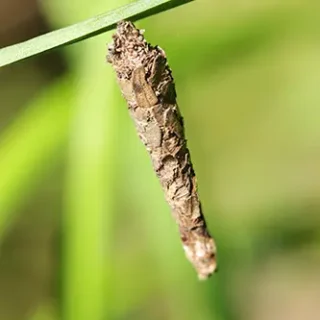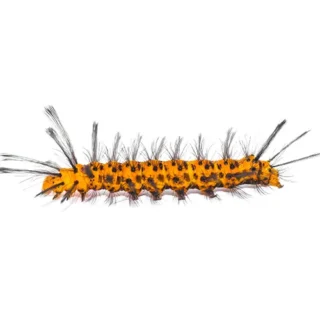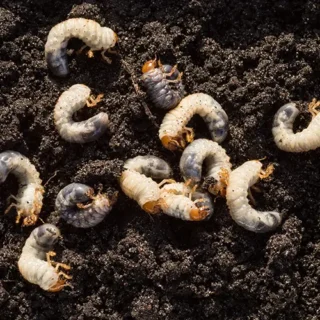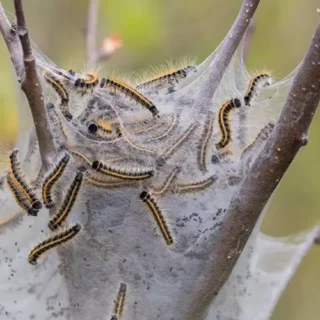Fall Webworm in McAlpin
Fall webworms are a type of caterpillar known for creating large, unsightly webs in trees and shrubs during the late summer and fall. As their nickname suggests, these pests are easily recognized by their distinctive webs, which can cover entire branches. The caterpillars themselves have a varied appearance; they are typically pale yellow or green with tufts of long, silky hairs along their bodies and a series of black spots running down their backs. While they primarily feed on the leaves of deciduous trees such as hickory, walnut, and cherry, fall webworms are highly adaptable and can infest over 100 different plant species.
Fall Webworm Habitat
These pests prefer the warm, temperate regions of the country, making them a common problem here in McAlpin. Fall webworms are frequently seen in forests, orchards, parks, and residential landscapes where they have access to their preferred host trees, such as hickory. When they settle into a new spot, fall webworms construct large, silken webs that enclose entire branches or sections of trees. These webs serve as both a protective shelter and a communal feeding ground for the caterpillars. Fall webworms are most active during the late summer and fall, which is when they build their characteristic webs.
Fall Webworm Behaviors, Threats, or Dangers
While fall webworms are not known to cause harm to humans or pets, their presence can pose significant threats to trees and shrubs. In the larval stage, they tend to feed in large groups within their protective webs, which allows them to consume large quantities of foliage quickly. This collective feeding behavior can lead to more rapid and severe damage than if the caterpillars fed individually. In addition to damaging the health of your trees, the fall webworm silk can also be unnerving to look at. If you want to maintain a healthy and beautiful property, it’s helpful to work with experts who can help you control fall webworms before they cause too much damage.
Need help with Fall Webworm control?
Need Pest Control Service?
Leave your information below and we’ll be in touch with a FREE quote!
"*" indicates required fields
*During normal business hours. After hours calls will be returned the next business day.





